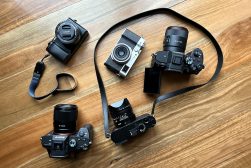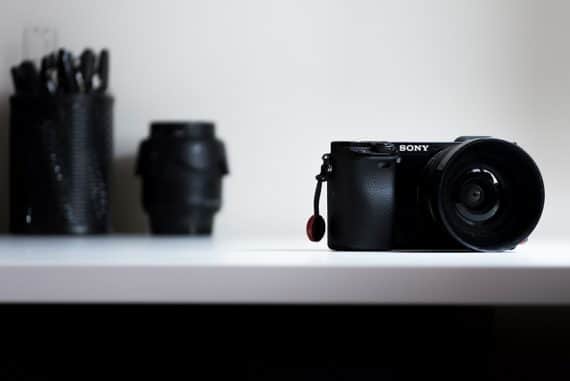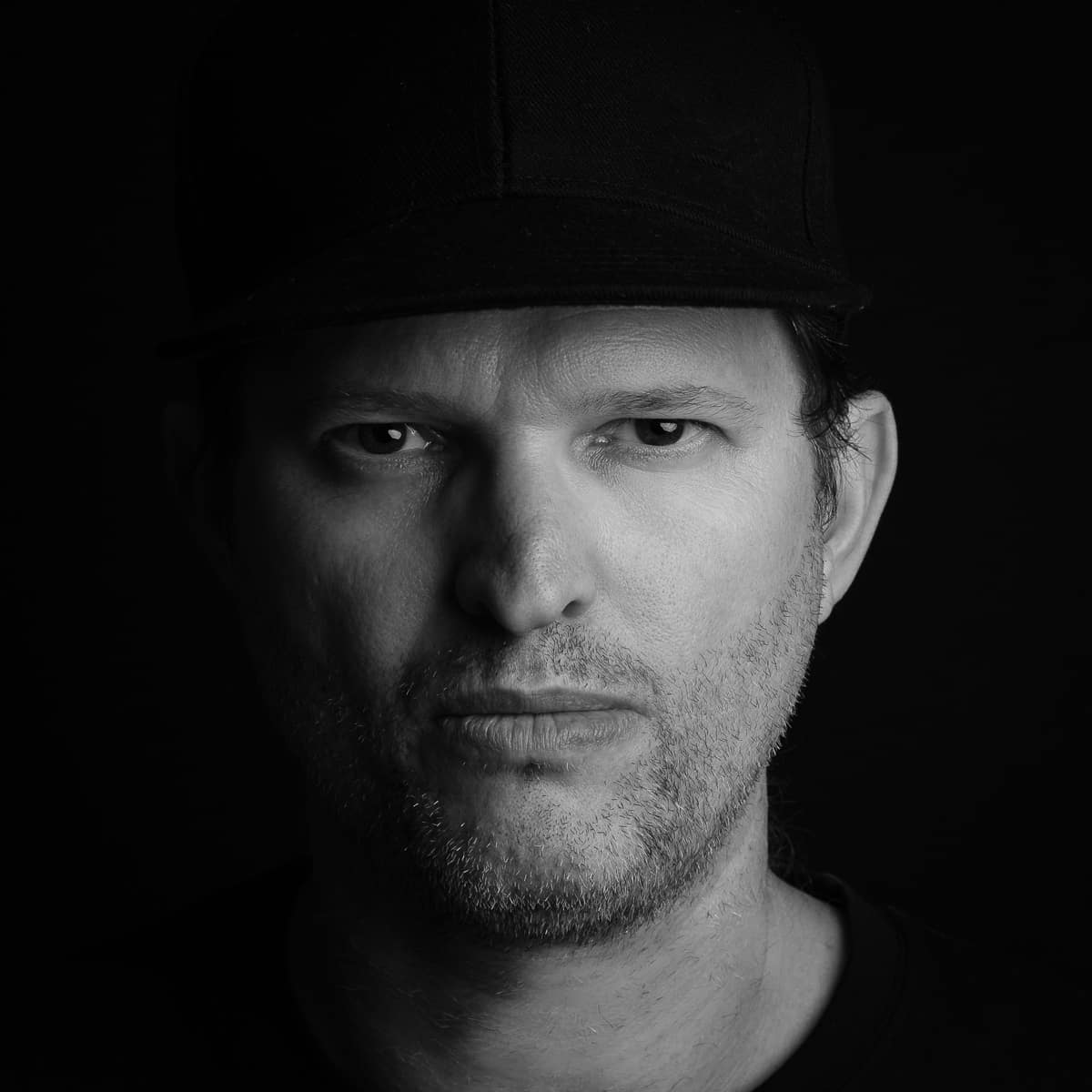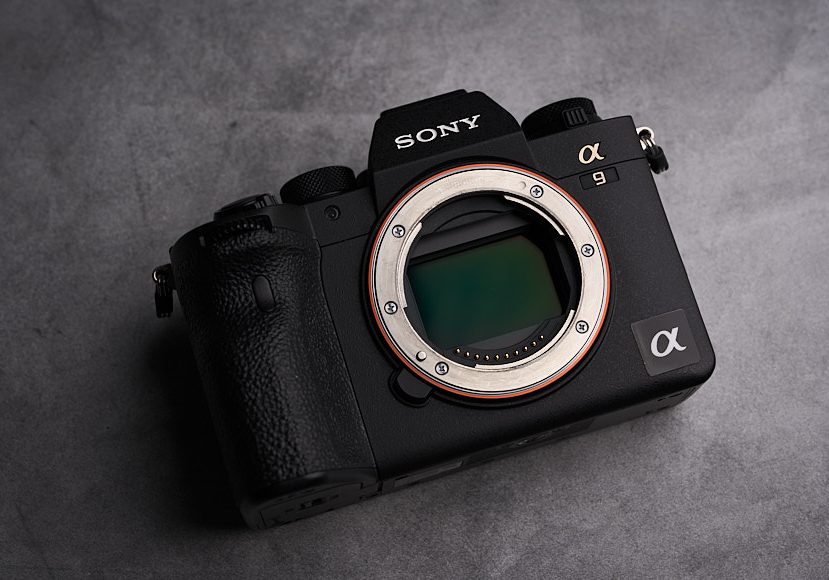
Sony a9 II Full Frame Mirrorless Camera Review | Unrivalled Speed
The Sony α9 II offers sophisticated operability and network connectivity for enhanced support in the field, rugged go-anywhere reliability and unrivalled speed.
Camera Reviews | Photography Gear Reviews | Sony Camera Reviews | By Athol Hill | Last Updated: September 9, 2022
For many sports photographers, Sony Alpha A9 II was one of the best mirrorless cameras announced back in 2019.
The new Sony Alpha 1 announced in 2021 may be the new flagship Sony camera, but for many users seeking high-speed autofocus from a camera, 60MP isn’t mandatory.
In conjunction with that, the low-light benefits offered by a 24MP full-frame sensor on the Sony A9 II are also suited to low-light photography, which is generally more useful than a huge megapixel count for most photographers.
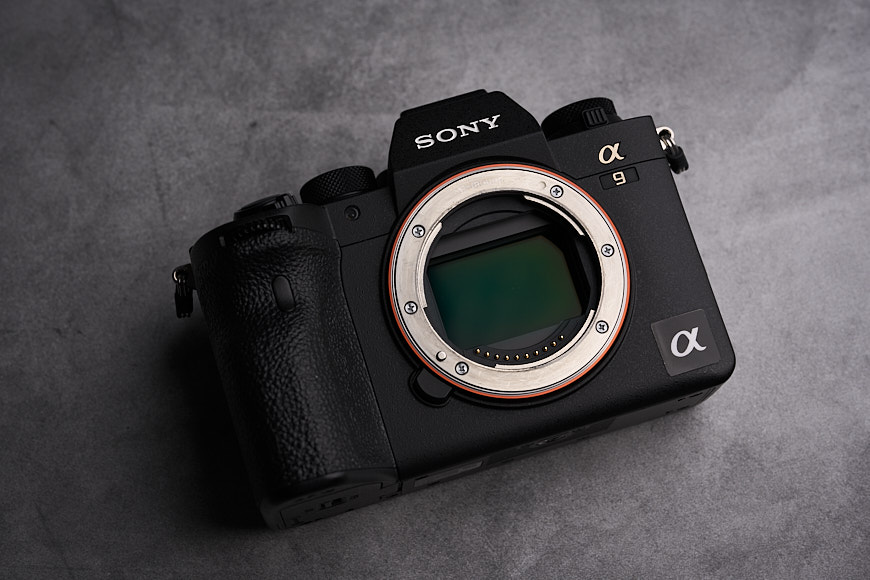
Incredible hybrid autofocus performance and 20 frames per second burst mode makes this an essential camera for fast-moving action.
The Sony A9 II is still competitive compared to most high-end mirrorless cameras, offering similar performance to the Canon R3 in a much smaller size.
Whilst the release of the A1 has overshadowed the A9 II, a new camera doesn’t make the A9 II any less capable.
In writing this review of the Sony A9 II, I’ve tried to take on a broad range of genres and sample images to understand the capability of this impressive mirrorless camera. Like most cameras these days, they’re expected to be a jack of all trades.
Let’s take a closer look at it in my Sony A9 II review.
Sony Alpha A9 II Review | Specs
- Hybrid AF performance is nearly flawless, making it one of the leading sports cameras
- The stacked CMOS sensor is a step up on DSLRs with a lack of mirror blackout
- Anti-flicker is a big improvement in artificial light
- Video improvements are a welcome addition
- Ergonomic improvements to camera body over A9
- Impressive continuous burst mode (20fps)
- Body and grip aren’t the same for those seeking a larger grip
- Dynamic range is not as good as non-stacked options
- Electronic viewfinder doesn’t match other mirrorless cameras in the same price range
- 20 frames per second create a lot of images
- 24MP full-frame stacked CMOS sensor
- 93% autofocus coverage across the frame
- 20fps continuous shooting with full AF (electronic shutter)
- 10fps shooting with full AF Mechanical Shutter
- Focus Modes: AF-S (Single-shot AF), AF-C (Continuous AF), DMF (Direct Manual Focus), MF
- Maximum Shutter Speed 1/32,768
- 5.5-stop (CIPA rated) 5-axis stabilization
- Dual SD card slots (UHS-II)
- Metering: Multi-segment, Center-weighted, Spot, Spot Standard/Large, Entire Screen Avg., Highlight
- Mount: E Mount Full frame and APS C lens compatible Autofocus and manual focus lenses
- Flash sync 1/250 Mechanical Shutter only
- 3.69M-dot OLED viewfinder (1280 x 960 pixels) up to 120 fps update
- 1.44M-dot rear touchscreen LCD
- Gigabit ethernet, 5GHz Wi-Fi, 10 banks of FTP / camera settings
- HD OUTPUT: Micro HDMI Output (Type-D), BRAVIA Sync (Control for HDMI), PhotoTV HD, 4K movie output/4K still image PB
- Battery CIPA rated to 690 shots
- Terminal: Micro USB, USB-C
- 678g (24oz)
Build & Appearance
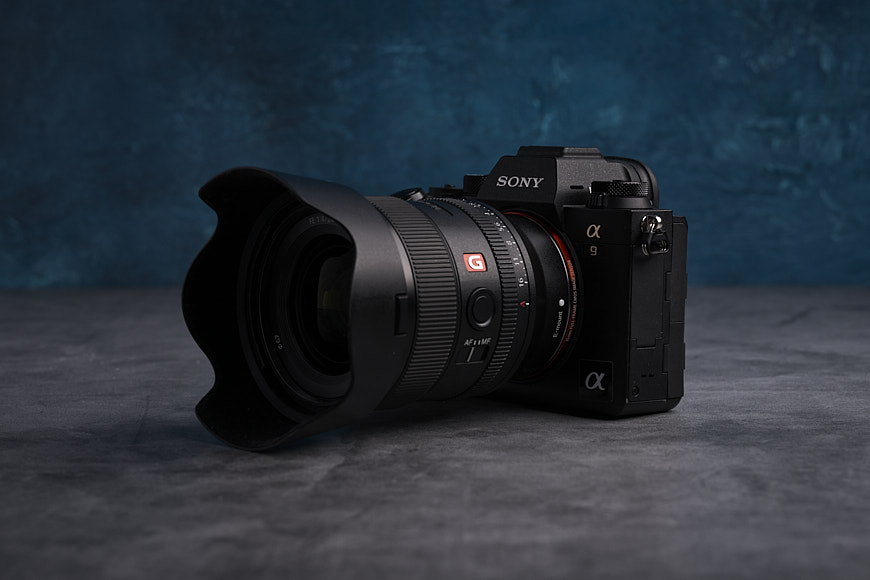
You could be forgiven for assuming the Sony Alpha A9 II is just an incremental upgrade, and on the surface, that may seem true, but under the skin, there are some major differences.
Whilst similar in looks, the construction of this Sony Alpha Camera is a big improvement from the previous Sony a9 model, and it does sport some big ergonomic changes.
The dials have a much more robust feel, and rotating the dials feels substantial. The exposure compensation dial seems a little more firm with less likelihood of accidentally adjusting it.
With the release of a modern camera, it’s no longer good enough just to release a new sensor and expect the market to be content. Cameras like the A9 II are expected to excel in nearly every genre, including video, hence the arrival of a digital audio interface in the hotshoe.
I couldn’t test the new vertical grip connector as Sony only provided the camera unit. One area for improvement is the EVF which is behind many modern competitors. Both Canon and Nikon have higher resolution EVF’s than the Sony A9 II.
Ergonomics & Handling
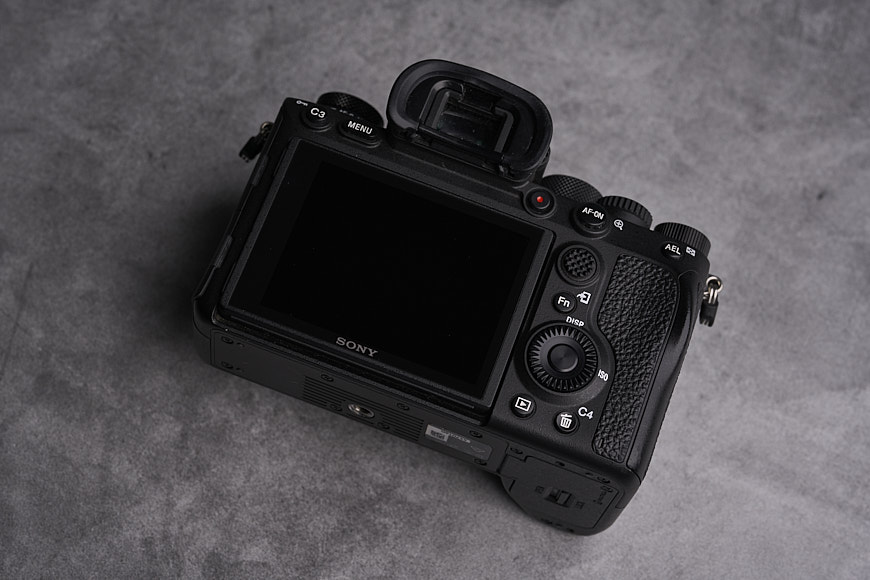
The A9 ii includes large buttons that extend out further to aid ergonomics.
Compared to my A7r III, the Sony A9 II is a vast improvement in ergonomics and construction. The grip size is more natural and shows Sony is starting to understand grip ergonomics better.
Other elements that have improved the handling are the use of buttons that extend further than previous models. The buttons are a marked improvement on my A7R III. One welcome addition is the lock on the exposure compensation button, and annoyance on my current cameras.
The AF On button sits out in a position that makes it more functional with gloves, a valuable addition for those who shoot winter sports.
My only complaint about the Sony A9 ii is a similar complaint to most Sony cameras. As someone with large hands and long fingers, I find the lens mount too close to the grip, particularly with larger lenses. This can cause a slight squeeze of your fingers.
If you compare it to the Canon and Nikons, the grip mount is marginally further across, which would help improve ergonomics when working with larger lenses. This doesn’t need to impact camera size; simply shift the sensor across.
Focus Performance
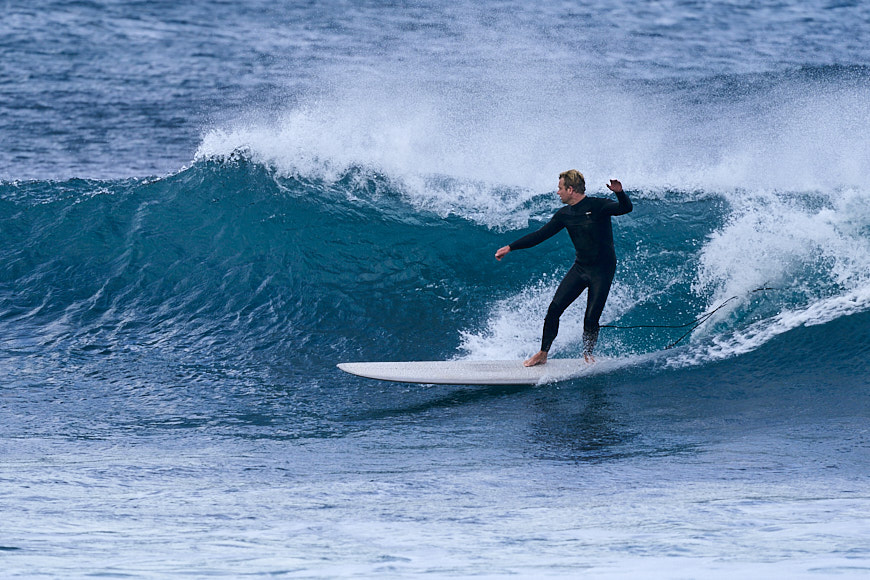
Sony A9 ii and Sony 100-400 GM (1/500 sec, f/7.1, ISO250)
If you’re going to test the AF system of the A9 II, the obvious choice is sports photography. The high-speed AF was virtually flawless in practice with whatever I could throw at it.
As far as portraits and the everyday stuff, I had no problems whatsoever. It would miss focus occasionally, but once the focus point was locked, you could count on it to hit every photo.
Focus issues were more confined to focusing on the wrong face, or occasionally water spray caused a switch of focus. These are all things that an autofocus system can’t decipher accurately, no matter how good it is.
I spent time testing the A9 II onshore with some surfing and puppies running. I’d normally be in the water with a water-housing but having just had covid, my strength levels were lower than I would want, and a lack of water housing would have posed challenges.
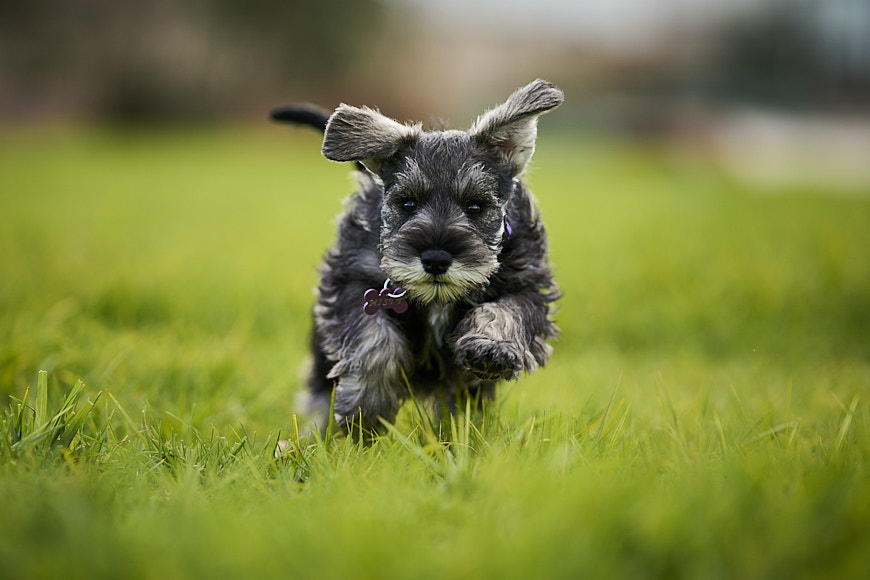
Sony Alpha A9 ii and Sigma 85mm f/1.4 (1/1250 sec, f/1.4, ISO100)
If you’ve never photographed puppies or dogs, they aren’t the easiest subjects to work with. I don’t envy any pet photographers.
We attempted to get Misty, our furry model, to run at the camera, and she is very quick. She ran at the camera sometimes. Other times she ate grass and ran in the other direction.
If you want to push autofocus, try shooting fast-moving subjects like a puppy on an 85mm f/1.4. Even with this setup, the autofocus system at continuous shooting speed was impressive.
I did notice some challenges with the animal AF and puppies, but given they are complete fluff balls, I think we have to give the camera some leeway.
Low Light Performance

This photo shot at ISO4000 is acceptable, even without noise reduction in post-processing.
The upside with a 24MP sensor is the low light performance, and the Sony Alpha A9 ii doesn’t disappoint. The low-light performance is really impressive.
Previously, the maximum most users would feel comfortable pushing their images was ISO3200, with considerable noise showing. On the A9 II, ISO4000 was clean, and I would have no issues pushing this up to ISO12800.
The first is the autofocus performance in low light, the second is the high ISO quality.
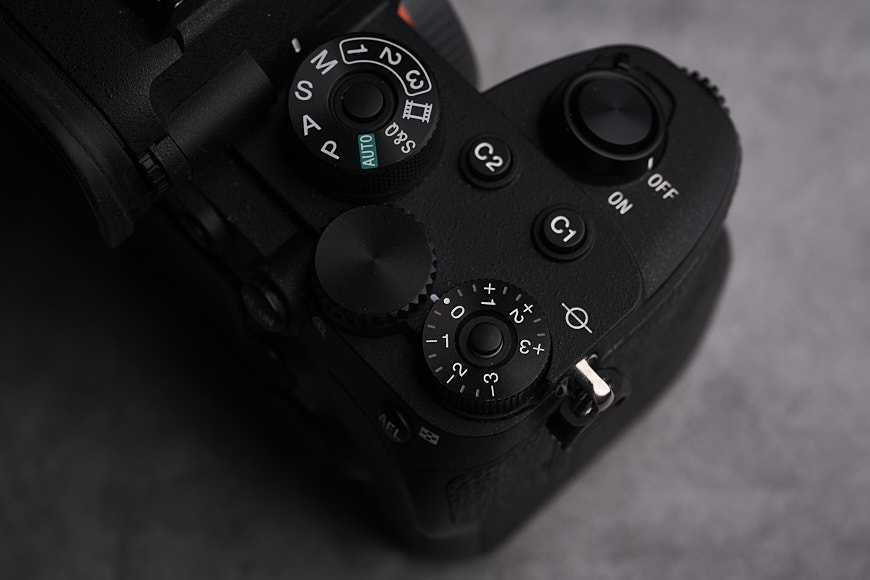
In addition to autofocus and noise levels, the improved image stabilization ensures that you can shoot at lower shutter speeds, helping the low light ability further.
For example, handholding my Sony 100-400 at a shutter speed of 1/30th was reasonably easy to achieve sharp images.
While the exact shutter for individuals will depend on the users, any improvements with in-body image stabilization are still something everyone will benefit from.
Image Quality
The image quality for landscapes was more than adequate for a camera like this. Whilst limited to 24MP, I don’t think this would be a big issue for most of the target audience for this camera. It also comes with the added benefit of reduced file sizes.
The dynamic range is a little worse than some of the non-stacked sensors in Sony’s lineup, but it’s not a big enough concern that I would consider alternatives. The types of users who seek a larger dynamic range will more likely buy other Sony Alpha cameras like the A7Riv. The rolling shutter is virtually non-existent at anything but the highest-speed objects such as golf clubs or baseballs in flight.
Sony a9 II Sample Images
Here are some sample images I’ve taken with the Sony Alpha A9 ii with a selection of Sony lenses.
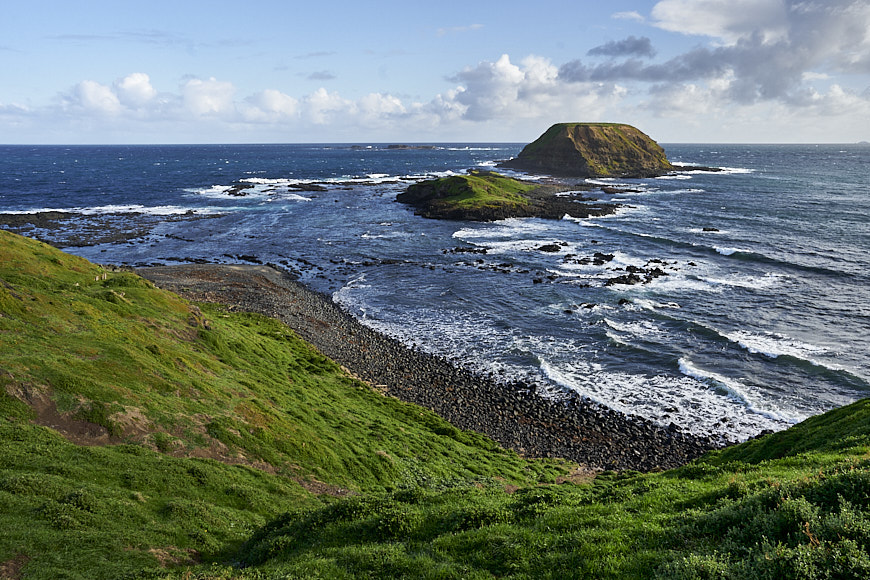


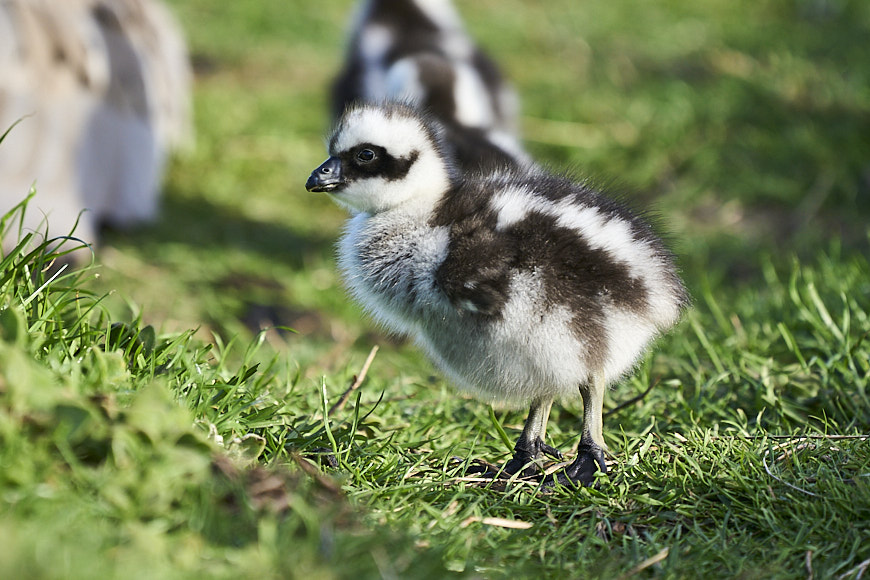
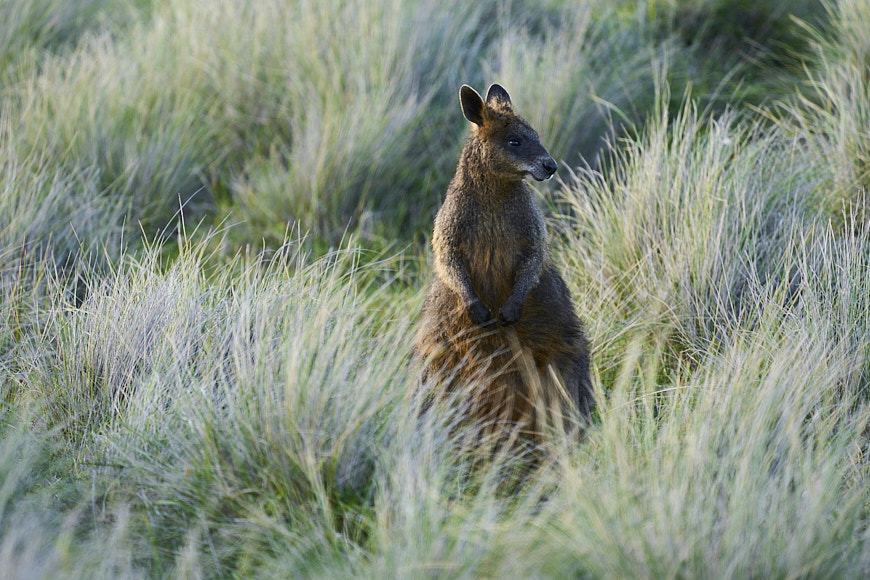

Overall Performance

Sony A9ii and 24mm f/1.4 GM (1/125 sec, f/8, ISO100)
There is something to be said about using a camera with a 20fps frame rate. You won’t miss a shot often with the Sony A9 ii unless it’s a user error.
We’ve talked about flawless autofocus, so I won’t go into that. Let’s move on to something that has traditionally been a big issue for mirrorless…battery life.
When using the electronic shutter, the battery life is pretty amazing. If ever you wanted a reason to go for a stacked sensor, this is one of them.
With the electronic shutter in play, I would expect to get 1000-1500 photos, even shooting in smaller bursts.

The Aurora Australis – Sony A9ii and 24mm f/1.4 GM (10 sec, f/1.4, ISO1000)
The stacked sensor gives you a better alternative to an optical viewfinder. Historically, EVFs were the poor cousin, but it’s now reached a point where you have no blackout and an almost optical-like feel.
This is substantially higher than my A7r III, which typically ranges around 750-1000 photos for the same kind of shooting. Use of the mechanical shutter will decrease this, but in reality, this is only really required where you’re using flash. This is also likely to be in a location where spare batteries are readily available.
The image stabilisation seems like an improvement on the earlier versions, although most sports photographers have been happy with the previous generation’s stabilisation. There are obvious occasions where this improvement will be helpful, panning and video as an example.
Other Useful Features

There are a number of improvements on the original A9, so I’ll try to cover some of those here.
Firstly, while both the A9 and A9 II shoot compressed and uncompressed raw images with a relatively unchanged sensor, the A9 II sports a new mechanical shutter with a slight improvement to 10fps and durability of 500,000 shutter releases.
Whilst the 20fps electronic shutter is great, it doesn’t suit all lighting conditions (strobes), and the 10fps is a welcome addition.
One of the big complaints about electronic shutters is the problems with lighting conditions like fluorescent lights. The A9 II now has an Anti-flicker mode which “suppresses exposure and colour anomalies” according to Sony.
On the memory card front, there were minor improvements with both memory cards supporting UHS-II rather than just one. On the video front, there have been a few improvements with the addition of eye AF on video and the addition of a multi-interface shoe for digital audio.
Alternatives to Sony a9 II

Sony Alpha A9 ii and Sony 100-400mm GM (1/500 sec, f/5.6, ISO800)
When the Sony A9ii was first released, the competition in the mirrorless market wasn’t that high. Today there are several other cameras to choose from, so that’s a completely different story.
It still isn’t easy to find a direct competitor to the Sony a9 II, at least matched with the same size and specs. There are quite a few that would be competitive with the Sony A9 II, so we’ll cover those.
The Canon R3 matches the A9 II’s resolution at a higher price but offers a built-in grip and many other features that the Sony A9 II can’t match for $1500 more. These include much higher resolution screens and EVF along with eye control tracking and an additional 10fps for shooting.
To compare the two, you must add the grip and an extra battery for around $500 more, so the price differential is closer to $1000. I would still personally favour the R3 out of the two. It’s simply a newer camera in a competitive market.
The Nikon Z9 is a closer match to the Sony A1 but comes in at only $1000 more, $500 if you consider the grip, but it’s a 46MP with 8K video. I would have to favour the Z9 here as well, even with the price premium.
Lower down on the specs, you have the Canon R5, which is a similar size to the A9 ii, but offers 45MP and 8K video for about $600 less. The A9 II trumps it in high-end autofocus, but if the R5’s autofocus is good enough, the R5 seems like a better deal. That should be the case for most photographers outside of professional sports photographers.
The reality is the Sony A9 II is a little outdated by modern elite camera standards, and those standards move at a rapid rate. It’s all largely irrelevant because it depends on the system you’re tied to.
If you’re shooting Canon, you’ll pick the Canon, if you’re shooting Sony, you’ll pick Sony. No one will switch glass for an R3, Z9 or R5 because it would be cheaper to buy the Sony A1 than change systems, which are far more competitive with those cameras.
Value for Money

Unlike the lower-end cameras, the A9 ii sports a separate dial for AF mode and shooting mode.
As mentioned in the alternatives section, the A9ii was a competitive option when it was first released. As a result, it offered a high level of value as the competition wasn’t the same as we see today.
The competition has become considerably stronger since then, and as a result, the A9 II scores are lower. We now have the R5, R3 and Z9, all of which trump the Z9ii in different areas.
Those elements are only likely to sway buyers who are looking to buy into a system or without investment in glass, and it does show how competitive the market is.
Sony doesn’t have the outright advantage it once had, and the competitors have done a good job of getting close to Sony.
As a result, I think Sony probably needs to adjust its price point a little relative to the competition. The A9 II is priced about $500-$800 too high, and I believe Sony will need to bring it down if it wants to remain competitive.
Sony A9ii Review | Conclusion
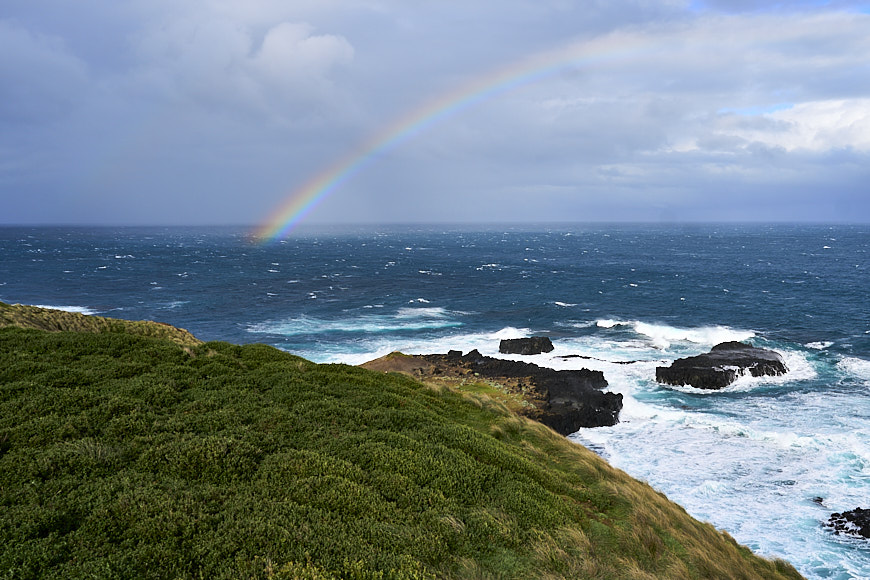
Sony Alpha A9 ii and Sony 24mm f/1.4 GM (1/500 sec @ f/6.3 ISO100)
When the A9 was released, it was a game-changer. The A9ii extends on that by improving usability and ergonomics as a natural evolution.
Even as a 3-year-old camera, it is still a spectacular sports camera, and the improvements in the competition don’t make it any less capable. It’s a sports machine capable of delivering extremely high-quality images and tracking complex movements.
For those without a gold-plated budget to match the Sony A1, it’s an important part of the Sony lineup. It remains one of the most capable cameras on the market and the 24MP may be an asset for users not wanting the overhead of the A1 file size.

Incredible hybrid autofocus performance and 20 frames per second burst mode makes this an essential camera for fast-moving action.








